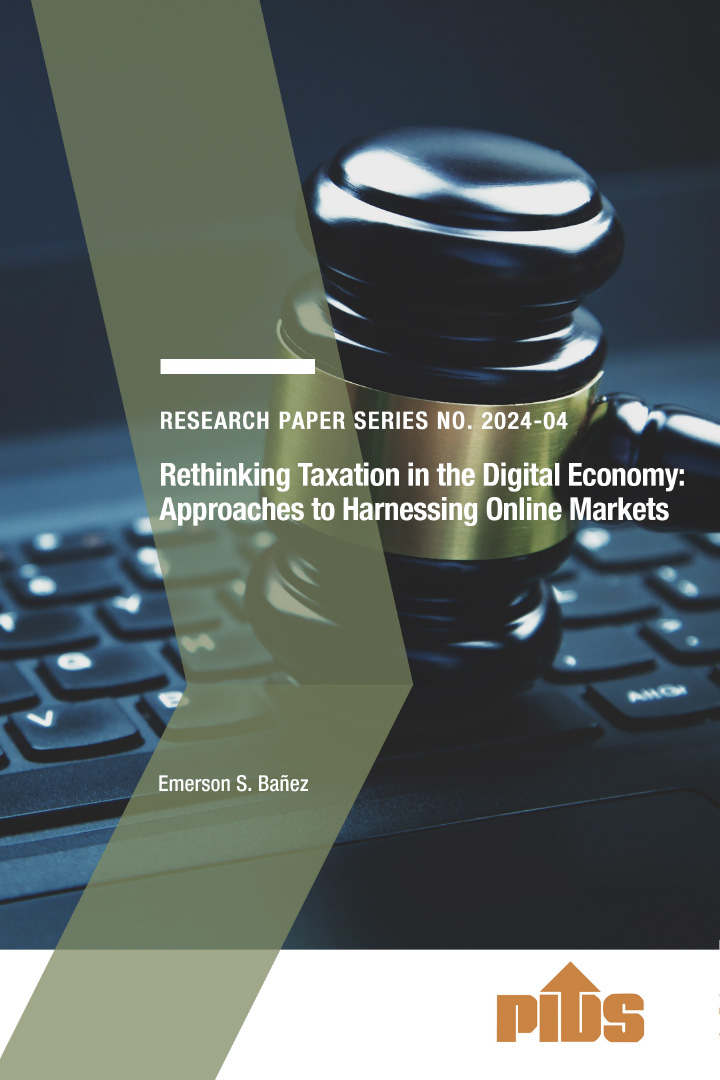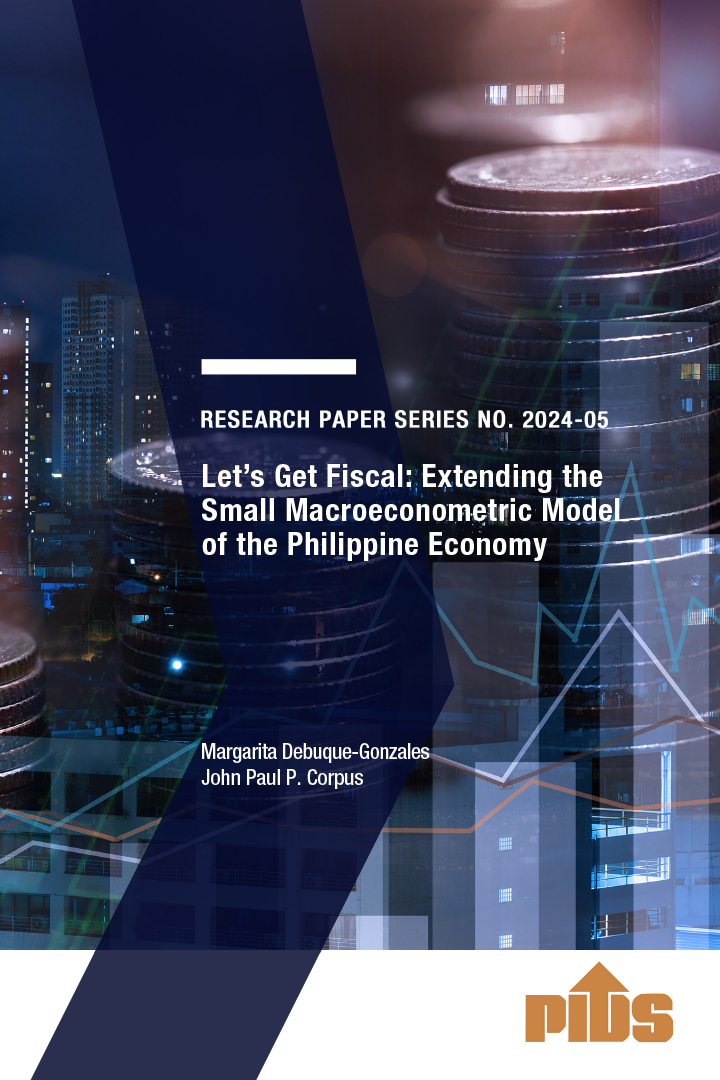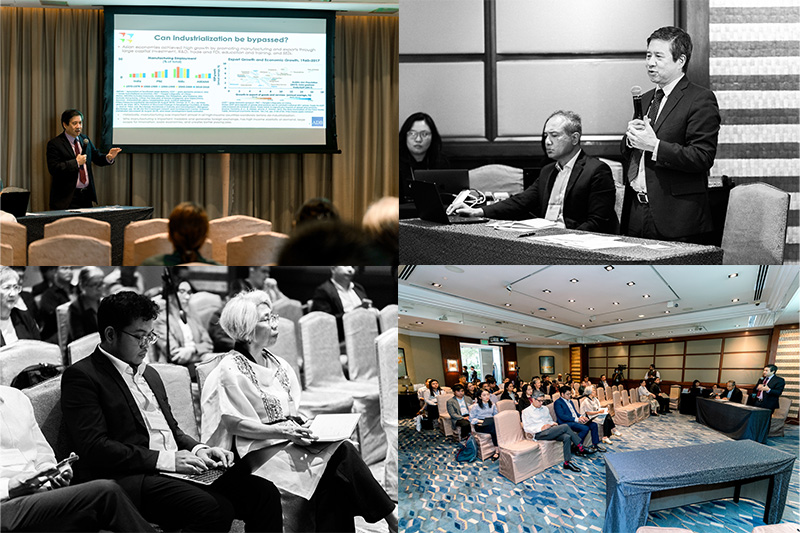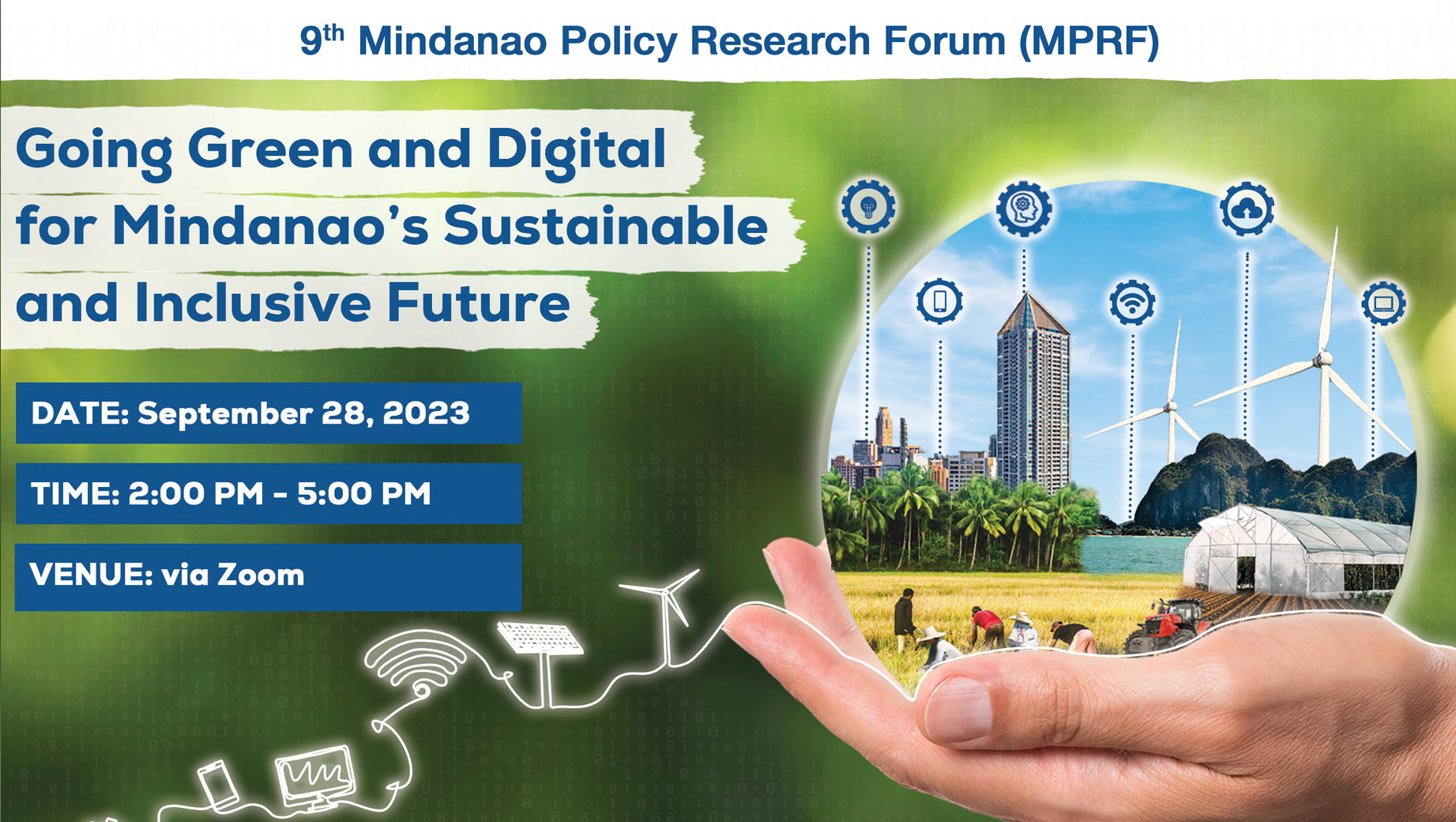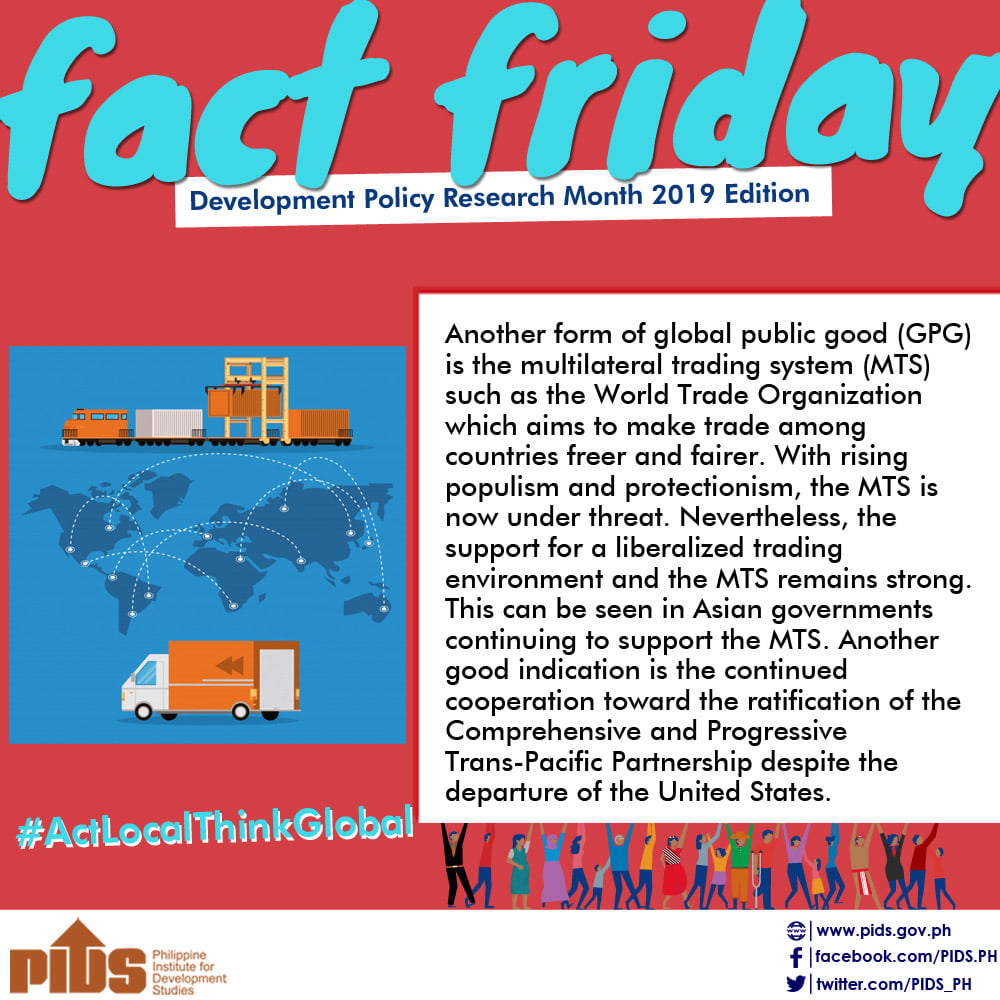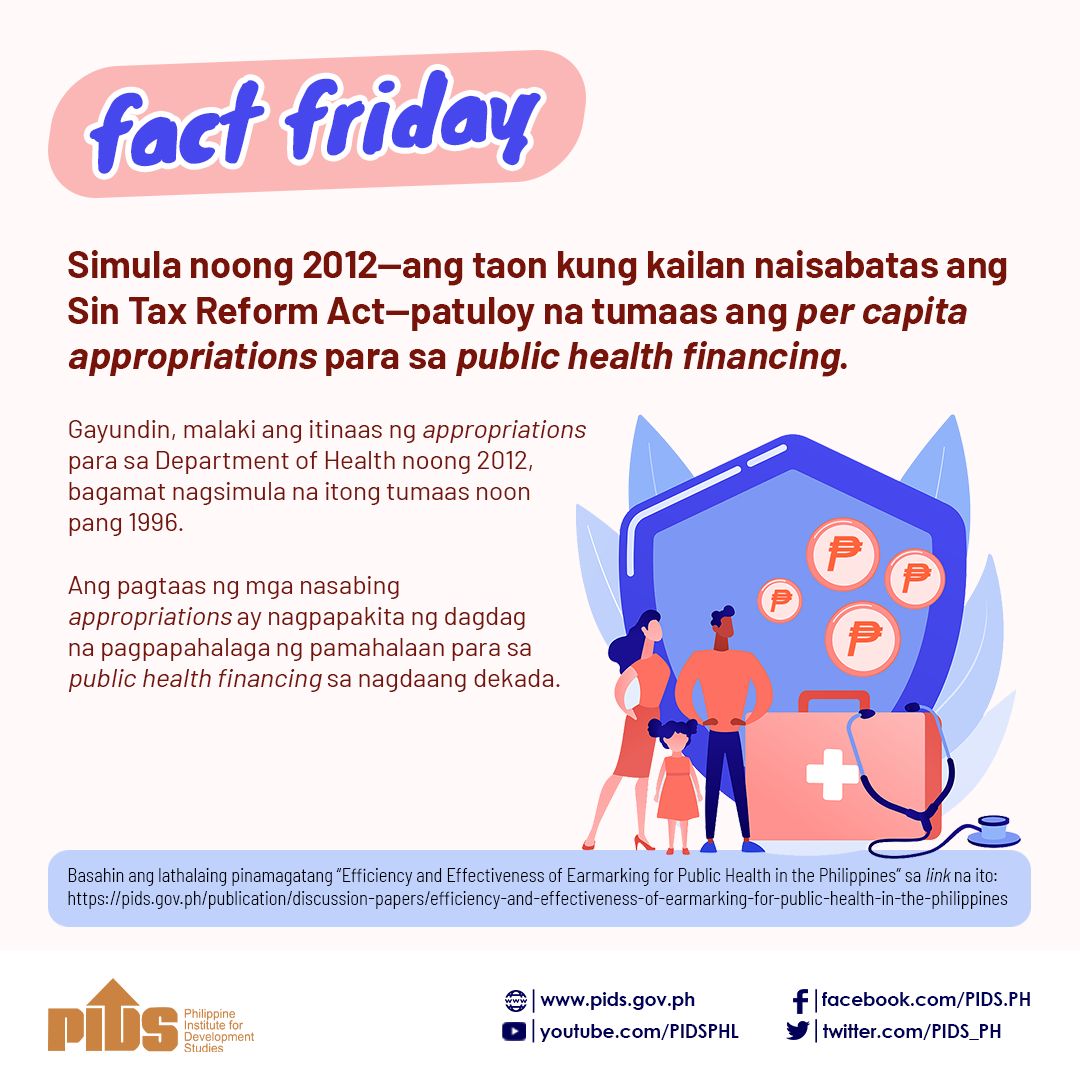THE National Economic and Development Authority (Neda) said the government is not keen on extending incentives to businesses investing in Mindanao.
Neda Director General and Socioeconomic Planning Secretary Ernesto M. Pernia said the economic team would be more keen on granting incentives to poverty reduction-linked efforts, such as socialized housing.
“We are not too keen on coming up with new fiscal incentives, because there’s already a lot of compunction to invest in this region so, in fact, we are rationalizing, we are reviewing our fiscal-incentives system,” Pernia said.
Pernia cited the proposal of Vice President Maria Leonor G. Robredo to extend “tax breaks” for property developers to encourage them to go into socialized housing.
Robredo earlier said based on preliminary figures obtained by the Housing and Urban Development Coordinating Council, the housing backlog is currently at 5.7 million.
To wipe out this backlog, Robredo said the government—together with the private sector—must build 2,602 homes per day in the next six years.
“If it [grant of incentives] is to help poverty reduction, then it could be justified,” Pernia said.
Neda Deputy Director General for Planning Rosemarie G. Edillon said the government is hoping for more investments to “crowd in” in places outside of Metro Manila, particularly the Visayas and Mindanao.
Edillon said the government hopes that investors will be encouraged with the developments occurring in these areas.
Increasing investments nationwide has been one of the biggest challenges of the Philippines. The country still has among the lowest foreign direct investments in the region.
A previous study by the Philippine Institute for Development Studies showed the country’s investment rate was only around 15 percent to 17 percent in 2009, a deterioration from the 24 percent posted in 1997.
“What we’re looking at more carefully is a possible crowding in [to encourage] more investments outside of Metro Manila, particularly the Visayas and Mindanao, then the other investors will follow suit,” Edillon said. Pernia said sectors that could potentially draw in more investors are tourism, agriculture, ports and roads.
On the part of the government, he said, it is focusing on increasing infrastructure investments for roads, particularly in areas outside the Metro Manila Urban Industrial region.
“There’s still a lot of things to do so that Metro Cebu, for example, and Metro Davao can be competitive with Metro Manila eventually,” Pernia said.
Pernia said despite efforts to decrease inequality, economic growth remains focused on these three regions.
He said the government must help regions outside of the National Capital Region (NCR), Cavite-Laguna-Batangas-Rizal-Quezon (Calabarzon) and Central Luzon to improve lives of millions of Filipinos.
NCR remains the top contributor to the country’s GDP from 2010 to 2015. This was followed by Calabarzon and Central Luzon, primarily due to the expansion of the industry and services sectors and obvious proximity to NCR.
The share of NCR in GDP grew to 36.5 percent in 2015 from 35.7 percent in 2010, while Calabarzon and Central Luzon posted shares of 17.2 and 9.3 percent, respectively, in the same year.
Neda Director General and Socioeconomic Planning Secretary Ernesto M. Pernia said the economic team would be more keen on granting incentives to poverty reduction-linked efforts, such as socialized housing.
“We are not too keen on coming up with new fiscal incentives, because there’s already a lot of compunction to invest in this region so, in fact, we are rationalizing, we are reviewing our fiscal-incentives system,” Pernia said.
Pernia cited the proposal of Vice President Maria Leonor G. Robredo to extend “tax breaks” for property developers to encourage them to go into socialized housing.
Robredo earlier said based on preliminary figures obtained by the Housing and Urban Development Coordinating Council, the housing backlog is currently at 5.7 million.
To wipe out this backlog, Robredo said the government—together with the private sector—must build 2,602 homes per day in the next six years.
“If it [grant of incentives] is to help poverty reduction, then it could be justified,” Pernia said.
Neda Deputy Director General for Planning Rosemarie G. Edillon said the government is hoping for more investments to “crowd in” in places outside of Metro Manila, particularly the Visayas and Mindanao.
Edillon said the government hopes that investors will be encouraged with the developments occurring in these areas.
Increasing investments nationwide has been one of the biggest challenges of the Philippines. The country still has among the lowest foreign direct investments in the region.
A previous study by the Philippine Institute for Development Studies showed the country’s investment rate was only around 15 percent to 17 percent in 2009, a deterioration from the 24 percent posted in 1997.
“What we’re looking at more carefully is a possible crowding in [to encourage] more investments outside of Metro Manila, particularly the Visayas and Mindanao, then the other investors will follow suit,” Edillon said. Pernia said sectors that could potentially draw in more investors are tourism, agriculture, ports and roads.
On the part of the government, he said, it is focusing on increasing infrastructure investments for roads, particularly in areas outside the Metro Manila Urban Industrial region.
“There’s still a lot of things to do so that Metro Cebu, for example, and Metro Davao can be competitive with Metro Manila eventually,” Pernia said.
Pernia said despite efforts to decrease inequality, economic growth remains focused on these three regions.
He said the government must help regions outside of the National Capital Region (NCR), Cavite-Laguna-Batangas-Rizal-Quezon (Calabarzon) and Central Luzon to improve lives of millions of Filipinos.
NCR remains the top contributor to the country’s GDP from 2010 to 2015. This was followed by Calabarzon and Central Luzon, primarily due to the expansion of the industry and services sectors and obvious proximity to NCR.
The share of NCR in GDP grew to 36.5 percent in 2015 from 35.7 percent in 2010, while Calabarzon and Central Luzon posted shares of 17.2 and 9.3 percent, respectively, in the same year.


